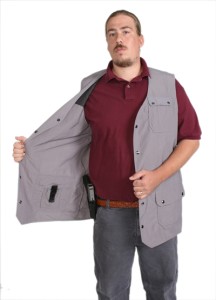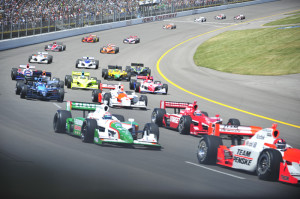The previous article was me talking about how great Shadowboxing is and how useful it can be. This one will be a bit more specific.
The beauty of shadowboxing is that there literally are no limits to what you can work. Unlike methods that rely on particular equipment, or the need for a number of training partners, with shadowboxing, whatever you can imagine, then you can do it.
However, that is also where it can become useless as well. If we don’t treat whatever scenario/situation in our head as real as possible, then it can be nothing more than a poor and mindless dance, and an utter waste of time. It is extremely important to use your imagination the way we used to as kids when we played cowboys and Indians or cops and robbers. That is, we have to live in it in the moment. For example, if my scenario is two attackers coming at me from different angles, then all my actions must stay true to that vision. I can’t “drop out of it” until I am done for that round, whether it is 30 seconds or 5 minutes. If I do that, then the better I visualize and the more I commit, the closer I come to actually experiencing it, and getting the full benefit of doing so.
A key component is to ALWAYS, ALWAYS use the best body mechanics as possible. There can be no slacking here. Each movement, whether footwork, offensive attacks, or defensive actions, needs to be conducted with absolute fidelity to the idea that every motion should be perfect. Remember the cliché: Practice does not make perfect. Perfect practice does.
Another critical detail is moving through space. A huge flaw I see too often is that people shadowboxing tend to stay in a very small area. If the space I have to work in is small (like a hotel room), then so be it. But if I am in my empty three car garage, why should I stay in tiny area? I should at various times move everywhere, because in a fight there is now way to know where you should or could go, and you better have the ability to move when needed. So, MOVE! Have the idea that if you start in a certain spot, you should end up as far away as possible.
Fourth, you need to vary the speed. There is a time and place to go slow and relaxed, but there is also a time to go with the energy and intensity of a real fight. Feel free to mix them, but the better you get at full power and speed, the more likely it will translate directly to an actual fight.
Next time I will talk about how to make shadowboxing even more productive. Meanwhile, here is an excellent video showing everything we just covered:


